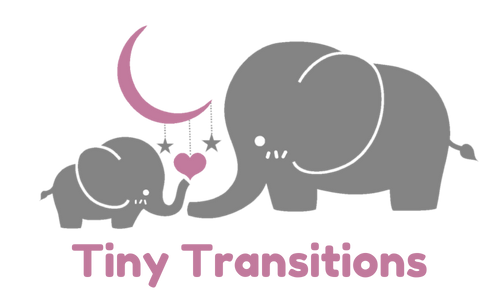Newborn Twitching in Sleep: What’s Really Happening?
As a new parent, watching your little one twitch and jerk in their sleep can be both fascinating and a bit concerning. But fear not! Those adorable little movements, known as myoclonic twitches, are completely normal and play a vital role in your baby’s development. Let’s unravel the science behind newborn twitching in sleep and discover how it contributes to your baby’s growth and brain development.
The Science of Newborn Twitching
Newborn twitching during sleep is a natural phenomenon that occurs primarily during REM (Rapid Eye Movement) sleep. This stage of sleep is crucial for brain development, as it is when your baby’s brain is busy processing information and making connections. Those little twitches are not just random movements; they are essential for helping your infant learn about their own body and how to control it. It’s like a mini workout for their developing nervous system!
Understanding the Importance of REM Sleep
During REM sleep, your baby’s brain is highly active, and this is when most of the twitching occurs. These twitches help stimulate the sensorimotor system, which is responsible for movement and coordination. It’s fascinating to think that while your baby is peacefully sleeping, their brain is hard at work, laying the groundwork for future motor skills. This is a key part of their development, helping them learn how to move their arms and legs, and ultimately, how to crawl and walk.
How Twitching Affects Motor Skills and Reflexes
Believe it or not, those little twitches are also a form of reflex training! As your baby twitches, they are making new connections between their muscles and brain, which is vital for developing their reflexes. These movements contribute to neuroplasticity—the brain’s ability to adapt and change as it learns. So, every time you see your baby twitching in their sleep, know that they are busy building the skills they will need as they grow.
When to Be Concerned: Normal vs. Abnormal Twitching
While twitching is typically harmless, it’s important for parents to differentiate between normal myoclonic twitches and potential signs of a seizure disorder. If your baby’s twitching stops when they wake up and doesn’t seem to affect their overall well-being, it’s usually nothing to worry about. However, if you notice twitching that occurs while your baby is awake or seems to be accompanied by other concerning symptoms, it’s always a good idea to consult your pediatrician for peace of mind.
How to Support Your Baby’s Sleep Journey
As you navigate the world of newborn sleep, remember that creating a calming sleep environment can help your baby get the restorative sleep they need. Here are a few tips:
- Keep the room dark and quiet to minimize disturbances.
- Establish a consistent bedtime routine to signal to your baby that it’s time to sleep.
- Ensure your baby is comfortable and swaddled appropriately to reduce the startle reflex.
Understanding newborn twitching in sleep can help ease any worries you may have as a parent. These twitches are a normal part of your baby’s development, playing a crucial role in their brain and motor skill growth. By fostering a supportive sleep environment, you can help your little one thrive during those precious sleep moments.
For more insights into your baby’s sleep patterns, check out our Sleep Blog for tips and guidance tailored to your family’s needs.


